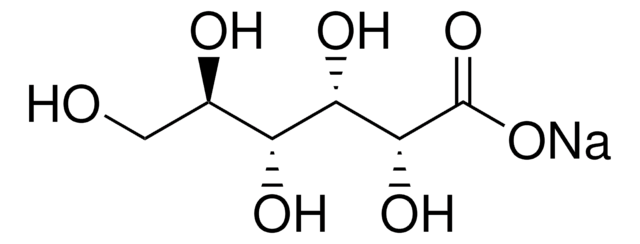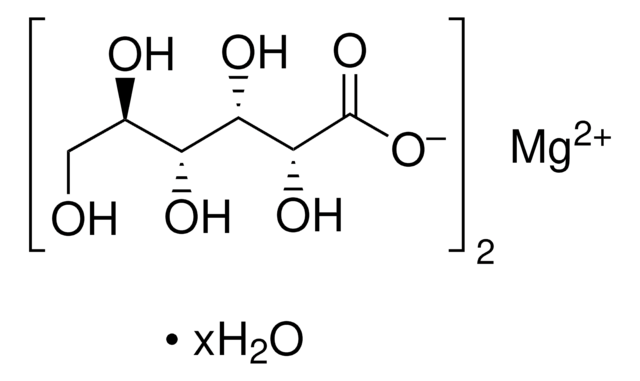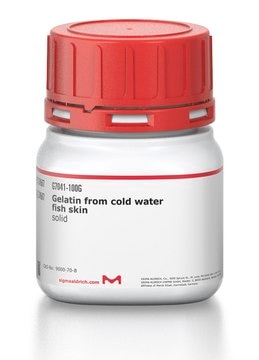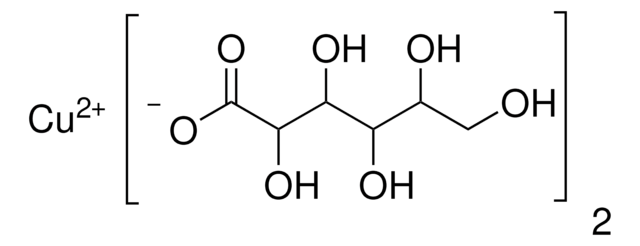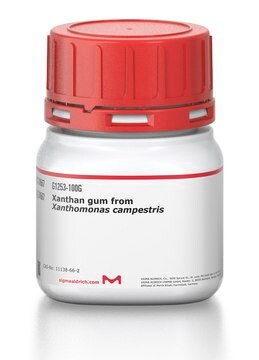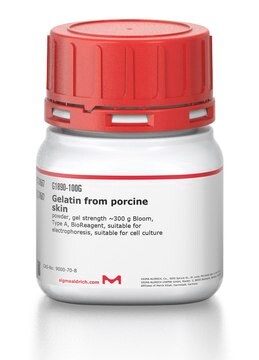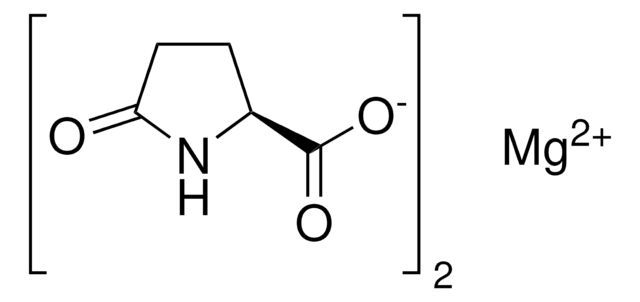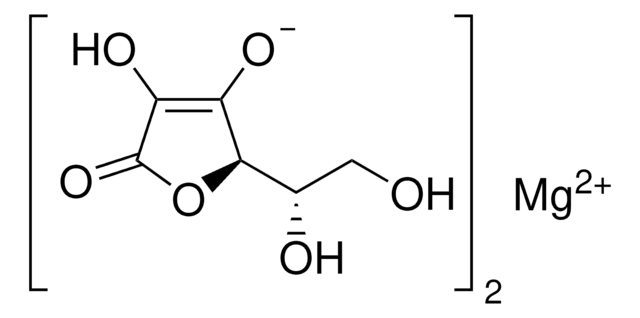Kluczowe dokumenty
G9130
Magnesium D-gluconate hydrate
≥98% (HPLC)
Synonim(y):
D-Gluconic acid hemimagnesium salt, D-Gluconic acid magnesium salt
About This Item
Polecane produkty
Poziom jakości
Próba
≥98% (HPLC)
Formularz
powder
metody
HPLC: suitable
ciąg SMILES
O.OC[C@@H](O)[C@@H](O)[C@H](O)[C@@H](O)C(=O)O[Mg]OC(=O)[C@H](O)[C@@H](O)[C@H](O)[C@H](O)CO
InChI
1S/2C6H12O7.Mg.H2O/c2*7-1-2(8)3(9)4(10)5(11)6(12)13;;/h2*2-5,7-11H,1H2,(H,12,13);;1H2/q;;+2;/p-2/t2*2-,3-,4+,5-;;/m11../s1
Klucz InChI
IAKLPCRFBAZVRW-XRDLMGPZSA-L
Szukasz podobnych produktów? Odwiedź Przewodnik dotyczący porównywania produktów
Działania biochem./fizjol.
Inne uwagi
Kod klasy składowania
11 - Combustible Solids
Klasa zagrożenia wodnego (WGK)
WGK 3
Temperatura zapłonu (°F)
212.0 °F - closed cup
Temperatura zapłonu (°C)
100.00 °C - closed cup
Środki ochrony indywidualnej
Eyeshields, Gloves, type N95 (US)
Wybierz jedną z najnowszych wersji:
Masz już ten produkt?
Dokumenty związane z niedawno zakupionymi produktami zostały zamieszczone w Bibliotece dokumentów.
Klienci oglądali również te produkty
Nasz zespół naukowców ma doświadczenie we wszystkich obszarach badań, w tym w naukach przyrodniczych, materiałoznawstwie, syntezie chemicznej, chromatografii, analityce i wielu innych dziedzinach.
Skontaktuj się z zespołem ds. pomocy technicznej
